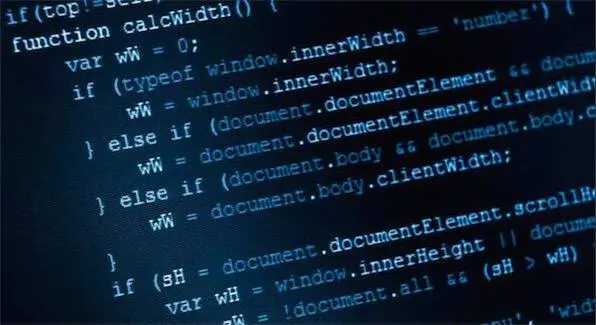 )
)
# 转换为浮点数而不是默认的8位整数编码。
# 每一行有255个颜色分类
# 在[0-1]范围内
china = np.array(china, dtype=np.float64) / 255# 45/5000加载图像并转换为2D numpy数组。
w, h, d = original_shape = tuple(china.shape)
assert d== 3
image_array = np.reshape(china, (w * h, d))
print("Fitting model on a small sub-sample of the data")
t0 = time()
image_array_sample = shuffle(image_array, random_state=0)[:1000]
kmeans = KMeans(n_clusters=n_colors, random_state=0).fit(image_array_sample)
print("done in %0.3fs." % (time() - t0))
# 获取所有的标签
print("Predicting color indices on the full image (k-means)")
t0 = time()
labels = kmeans.predict(image_array)
print("done in %0.3fs." % (time() - t0))def recreate_image(codebook, labels, w, h):
#重新创建代码簿和标签中的(压缩)图像d = codebook.shape[1]image = np.zeros((w, h, d))label_idx = 0for i in range(w):for j in range(h):image[i][j] = codebook[labels[label_idx]]label_idx += 1return image# 显示所有结果以及原始图像
plt.figure(1)
plt.clf()
ax = plt.axes([0, 0, 1, 1])
plt.axis('off')
plt.title('Original image (96,615 colors)')
plt.imshow(china)
plt.figure(2)
plt.clf()
ax = plt.axes([0, 0, 1, 1])
plt.axis('off')
plt.title('Quantized image (64 colors, K-Means)')
plt.imshow(recreate_image(kmeans.cluster_centers_, labels, w, h))
plt.show()
效果如下:
点击这里

 京公网安备 11010802041100号 | 京ICP备19059560号-4 | PHP1.CN 第一PHP社区 版权所有
京公网安备 11010802041100号 | 京ICP备19059560号-4 | PHP1.CN 第一PHP社区 版权所有